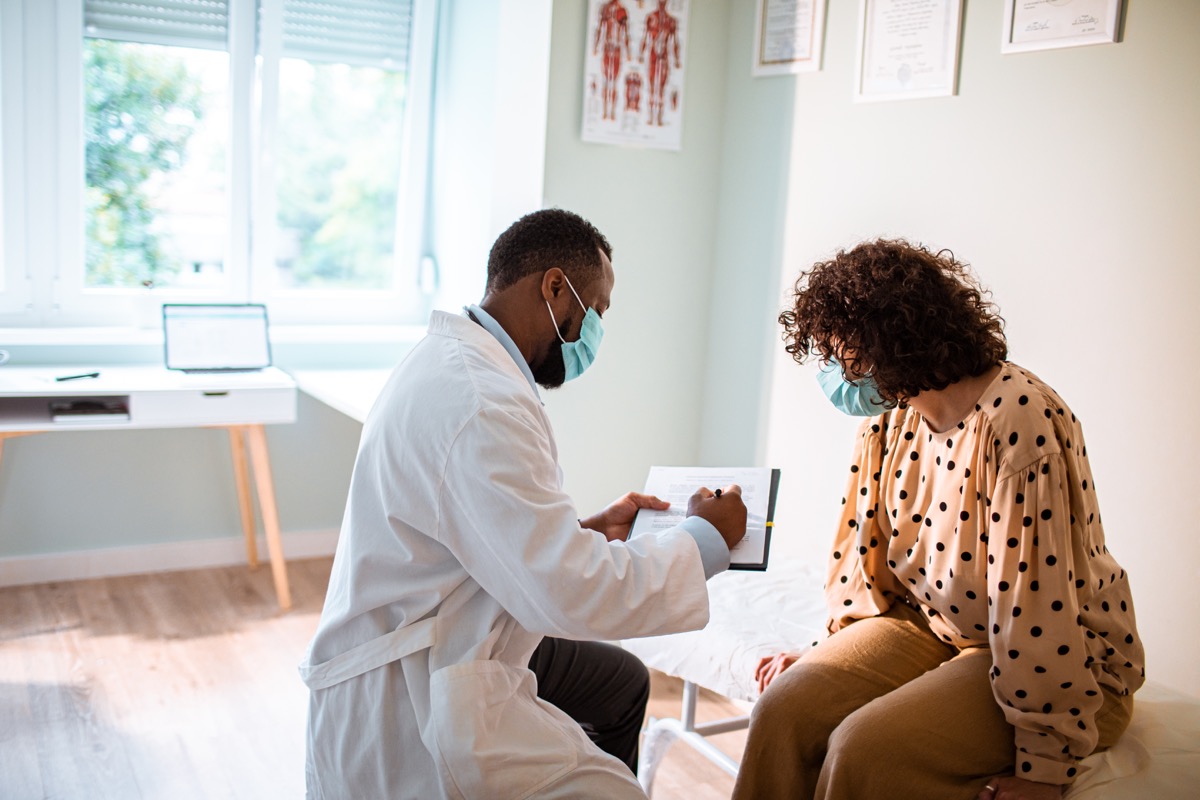According to Australian epidemiologist Gideon Meyerowitz-Katz, there is a widely circulated claim that 90 percent of all positive COVID-19 tests are actually false positives. “This has serious implications, the story goes, because it means that there are actually virtually no cases of the disease in the country, and the government is lying to us all,” Katz wrote for his popular health blog. “Which is, to be blunt, totally wrong.” The main test used to diagnose a COVID infection is a polymerase chain reaction (PCR) test, which is usually done by a nasal or throat swab. According to Katz, this kind of testing has many advantages, but also a few weaknesses. “The test has a problem with identifying people who are in the early stages of infection,” he wrote. “This is because it can be hard to get enough virus on a swab to replicate it in the test, which means that people who have only been infected one or two days ago may not be positive when they are tested.” Consequently, the likelihood of a false negative with a PCR COVID test is actually pretty high, with Katz estimating that 60 percent of tests could be false negatives. But that’s why many places “will retest you if you are still having symptoms after a few days, even if your initial test was negative,” he says.ae0fcc31ae342fd3a1346ebb1f342fcb False positives, on the other hand, are another story. Katz says in terms of PCR tests (which have been around for decades), the “average number of false positives has been extremely well-calculated.” And various research from around the world has determined the rate of false positives in COVID PCR tests to be around 1 in 1,000 or lower—not 90 percent. “In other words, it is incredibly rare for a COVID-19 test that comes back positive to be a false positive. Almost unheard of. It happens, but very rarely, particularly because many tests are confirmed [or] run twice,” Katz wrote. RELATED: For more up-to-date information, sign up for our daily newsletter. Breaking this down into visible numbers, Katz gives the example of a population where about 50 in 1,000 people are infected with COVID and then they are all tested with PCR tests. For the 950 people that don’t have the virus, you will only get around one false positive test. For the 50 people that do have the virus, you will only miss one person. This results in 49 true positives out of the testing group. And that means “in this case, 98 percent of all positives are true positives, with just 1/49 tests being a false positive,” Katz explained. And this works even if there were low numbers of infected people because “the spectacularly high specificity of PCR tests means that you almost never have more false positives than true positives,” Katz explained. If the infected population was only 50 out of 10,000 people, you would still find 49 true positives and 10 false positives—resulting in an 83 percent rate of true positives out of all positives. But in reality, there will never be that many people tested who don’t have the virus, because most countries “target testing at those with symptoms and who think that they might be getting sick.” “More broadly, it is simply wrong to suggest that most tests coming back positive for COVID-19 are false positives. In reality, the simple truth is that most positive tests are just that: positive,” Katz wrote. And for more COVID myths, discover The Biggest Myth About the COVID Vaccine You Need to Stop Believing.
